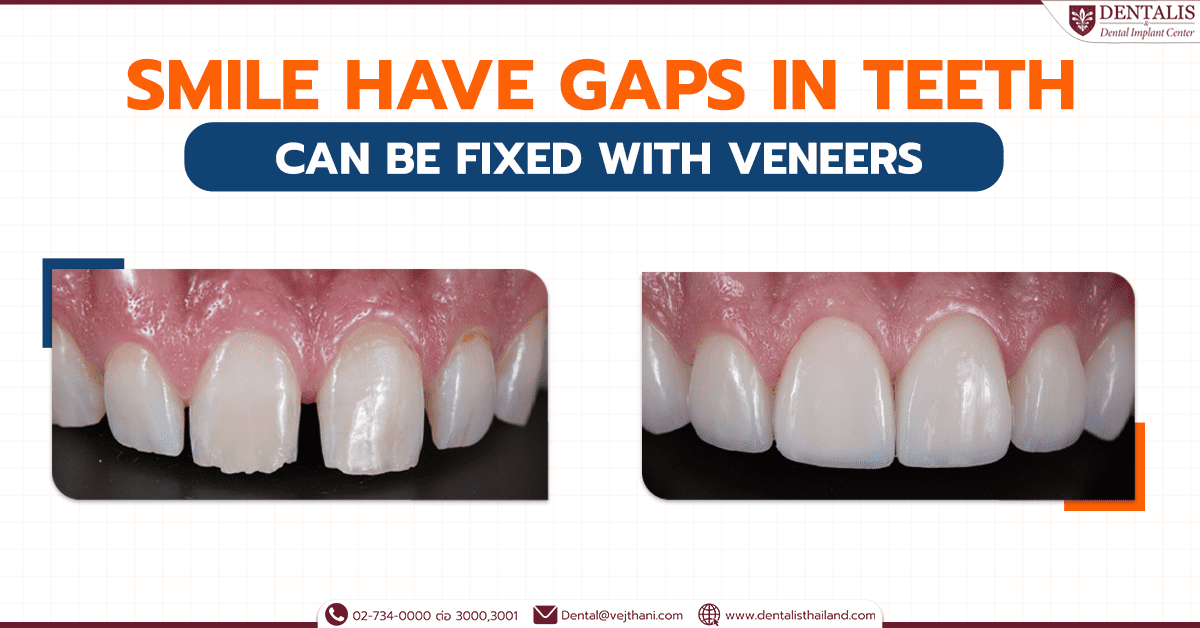
General dentistry involves the examination of teeth and the oral cavity, along with cleaning and maintaining the health of the gums and teeth to ensure longevity and promote excellent hygiene practices. Regular oral health checkups are therefore recommended to prevent tooth decay and premature tooth loss. Some examples of oral health maintenance include regular dental scaling (removing plaque and tartar), practicing regular flossing to clean between teeth, and receiving fluoride treatment.
What does general dentistry consist of?
Dental scaling, flossing, fluoride treatment, dental fillings, tooth extraction and wisdom tooth extraction
Oral Health Check Ups and Diagnosis
Undergoing oral health check up every 6 months helps reduce the risk of developing oral diseases. Some oral conditions may silently and painlessly grow worse over time and cause tooth loss.
The use of X-Ray or CT-Scan to conduct a comprehensive examination for oral diseases.
In certain cases, the patient may need to undergo X-ray or CT-Scan as part of the oral health checkup process. This enables the dentist to examine the oral cavity, the positions of teeth and abnormalities more clearly, which allows the dentist to create a more precise treatment plan. Generally, X-Ray is used to view the oral cavity that is not too complicated. In case of jaw surgery or bone grafting done along with dental implants, the dentist may use CT-Scan for better treatment results.
Dental Scaling
Dental scaling is the removal of dental plaques that are made of unwanted particles that build up on the teeth from bacteria. The plaque may be caused by leftover particles from food that people eat in everyday life. If the plaques are not removed, some problems may follow. These include bad breath, periodontal disease or gingivitis and even teeth falling out due to dental bone loss.
Dental Cleaning with Airflow Technology
Cleaning oral cavities with Airflow technology uses water and air pressure. The water used is mixed with small polishing particles, which makes it different from traditional dental scaling. Dental cleaning with Airflow technology helps reduce teeth sensitivity caused by scaling and removes plaques and deposits that are in between teeth and at the gingival sulcus. Airflow can also eliminate biofilms that stick around teeth.
Benefits of Airflow Technology in Dental Cleaning
- Reduces teeth sensitivity from dental scaling
- Better removal of plaques and deposits in between teeth and at the gingival sulcus.
- Cleanse areas around brackets in metal braces
- Painless
- Suitable for cleaning dental implants
- Effectively eliminates tough stains from smoking, tea and coffee
- Less disturbing water-splashing sound that is more pleasant to the ears than high-frequency noise in traditional dental scaling
Plaque is a buildup of bacterial deposits that harden in the spaces between the teeth and gums.
Plaque inbetween the teeth or on the top edge of a tooth causes bad breath.
Plaque is a cause of periodontal disease or gingivitis.
Plaque that keeps building up to the extent where it is causing gingivitis may raise the risk of heart disease if the inflammatory materials leak into the bloodstream.
Flossing and fluoride treatment
Flossing is done to remove unwanted deposits and bacterial plaques that build up on tooth enamel, causing dull appearance. Flossing makes tooth enamel clean, shiny and bright as flossing helps remove tiny particles that cannot be removed with dental scaling or brushing.
Fluoride treatment strengthens teeth and prevents tooth decay. Fluoride is directly applied to the tooth enamel to make the surface stronger. The treatment takes only a short period of time and it supplies loss minerals, such as calcium, fluoride and phosphate. Fluoride treatment also inhibits bacterial growth.
Dental Fillings
Dental fillings are one way to treat tooth decay. Dental fillings are made of metals, amalgam or resin composite. Dental fillings are done to maintain the remaining intact enamel and dentine and so the chewing is no longer painful.
Tooth Extraction
Tooth extraction is done for a variety of reasons, including maintaining dental health , to help the patient to chew again, the dentist needs to extract the tooth that has been damaged or decayed and clean the oral cavity. Tooth extraction may be done in combination with braces to allow efficient space between the teeth for them to adjust in a way the dentist prefers.
Wisdom Tooth Extraction
Wisdom teeth are the last set of teeth to develop, and they do not function properly. Most wisdom teeth grow at the back corners of the mouth. Most dentists recommend wisdom tooth extraction. That is because wisdom teeth may sometimes not grow completely or they may be angled, which makes it difficult for cleaning. This can lead to accumulation of bacteria and develop gingivitis later, which may affect the nearby teeth and cause pain around the affected area. In some cases, the disorder may even cause the teeth to be misaligned. Therefore, wisdom teeth should be extracted. Generally, people have 3-4 wisdom teeth on average.




02-734-0000
Dentalis